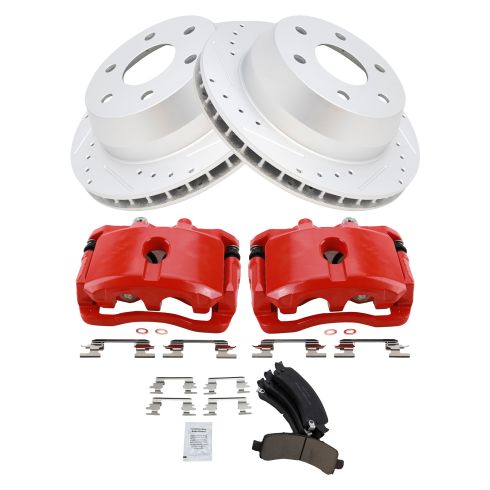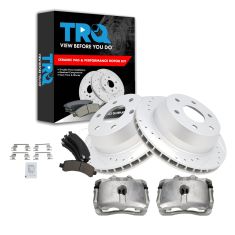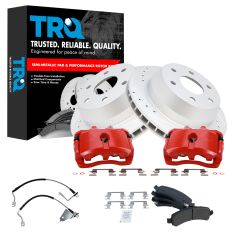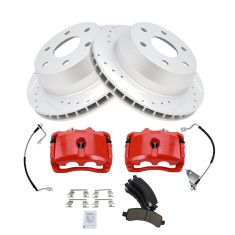1APBS07065-Chevrolet GMC Cadillac Rear Ceramic Performance Brake Pad & Rotor Kit with Performance Calipers TRQ Performance BKA33501
Replaces
2008 GMC Savana 1500 Van Rear Ceramic Performance Brake Pad & Rotor Kit with Performance Calipers TRQ Performance BKA33501
Product Reviews
Loading reviews
There are no reviews for this item.
Customer Q&A
No questions have been asked about this item.
GMC is a registered trademark of General Motors Company. 1A Auto is not affiliated with or sponsored by GMC or General Motors Company.
See all trademarks.






















